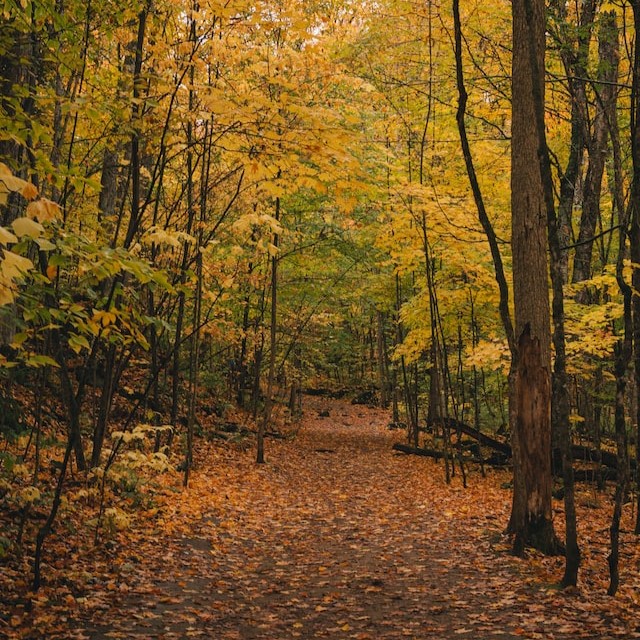Article /
Webinar: Impacts of Climate Change on Forest and Forest Sector in Québec

Summary
This resource was submitted by the Climate Risk Institute for use by the CanAdapt Climate Change Adaptation Community of Practice.
This article is an abridged version of the original text, which can be downloaded from the right-hand column. Please access the original text for more detail, research purposes, full references, or to quote text.
This webinar dives into the impacts of a changing climate on forest and the forest sector in the Province ofQuébec in Canada. Learn about:
- Projected environmental changes
- Forest adaptation strategies
- Future challenges
- And much more!
About the speaker
On behalf of Yan Boulanger:
I grew up in a small village of the Bas-Saint-Laurent, Québec where I spent days in the fields and forests, hunting butterflies and moths with the perfect mix of marine and forest aromas. Oddly, I was also interested to weather and climate. Freaky for a kid… That was at that time I heard a great entomologist quoting Saint-Augustine: “He wholoses himself inhis passion is lesslost than he wholoses his passion”.
So, with this motto in my head, that was quite a logical step for me to complete my graduate studies in biology at the Université du Québec à Rimouski. During this period, I became interested in natural disturbances, notably in wildland fires, as my research projects were focusing on the impact of fire on saproxylic species and on wood decomposition. Alongside, I also became interested in dendrochronology, enough to develop a private laboratory using this method to date old houses in the Quebec province.
In order to kill two birds with one stone, samples from these contracts were used to reconstruct spruce budworm outbreaks. Then, as a research scientist at the Canadian Forest Service since 2013, I coupled my fire research interests with my old weather/climate hobby to project future natural disturbance regimes and their impact on forest landscapes according to climate change. Now, I’m more deeply exploring my weather interests in my work by using weather surveillance radar to characterize mass exodus spruce budworm flights. Like Raoul Duguay would say: “Tout est dans tout!”. Although I’m mostly working in front of a computer nowadays, I use to spend a lot of my spare time in the forest, running in trails.
- Recommendations from Canada’s Forest Sector to Drive Economic Recovery and a Net-Zero Carbon Future
- Climate Change Effects on Tree Regeneration
- Forest Ontario: Ecosystem Restoration Study Guide
- SFI 2022 Forest Management Standard: Section Two
- Afforestation Guide for Southern Ontario
- The National Adaptation Strategy: What it Means for Workers in Canada
